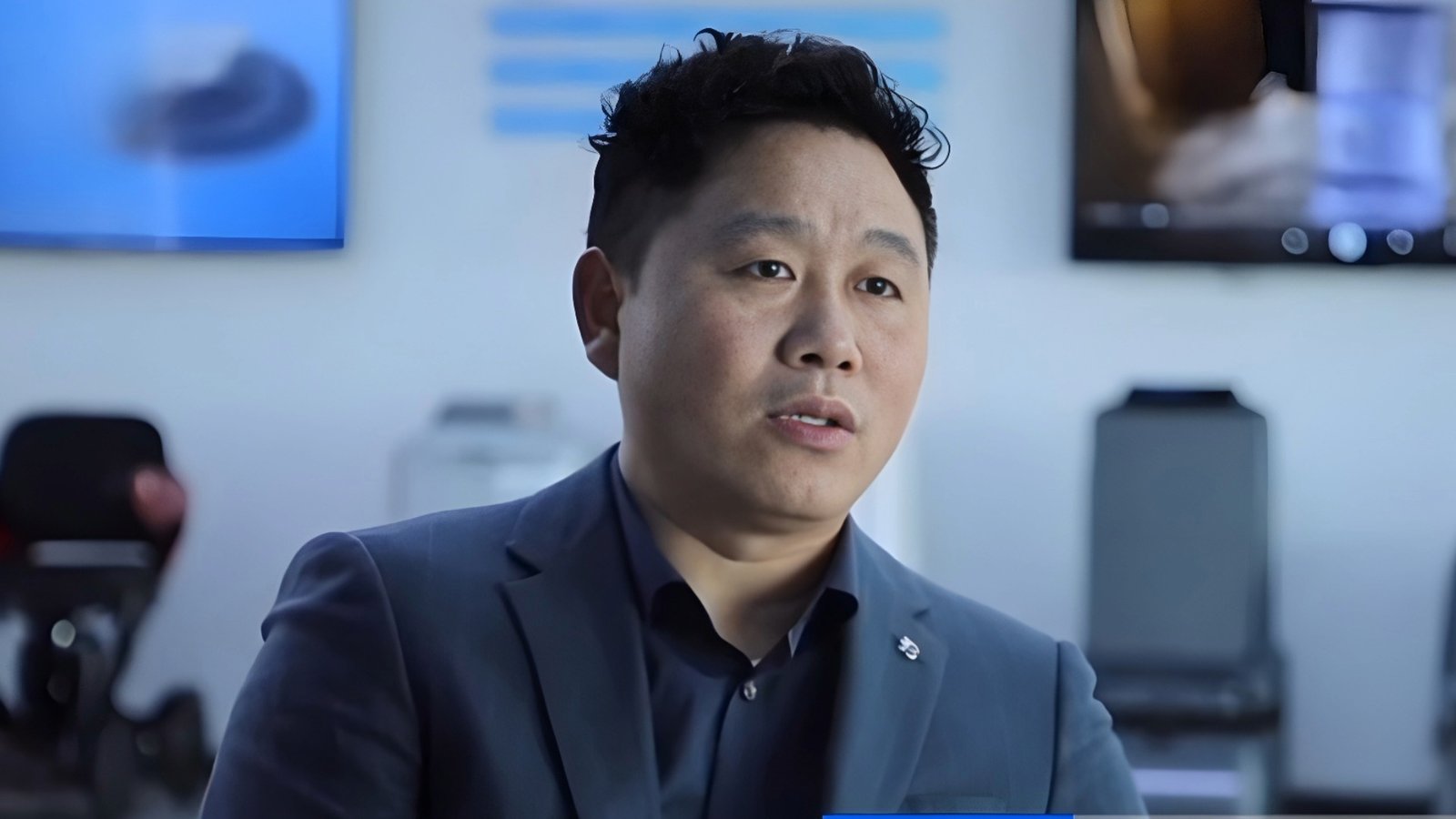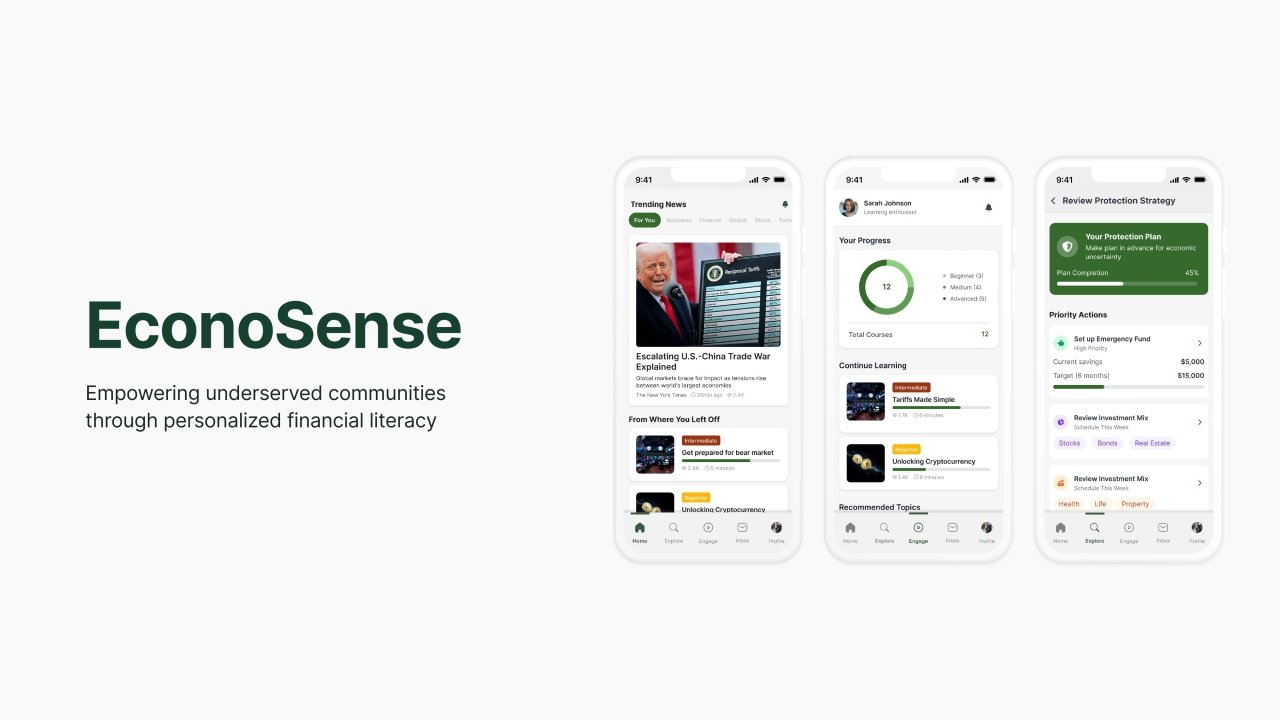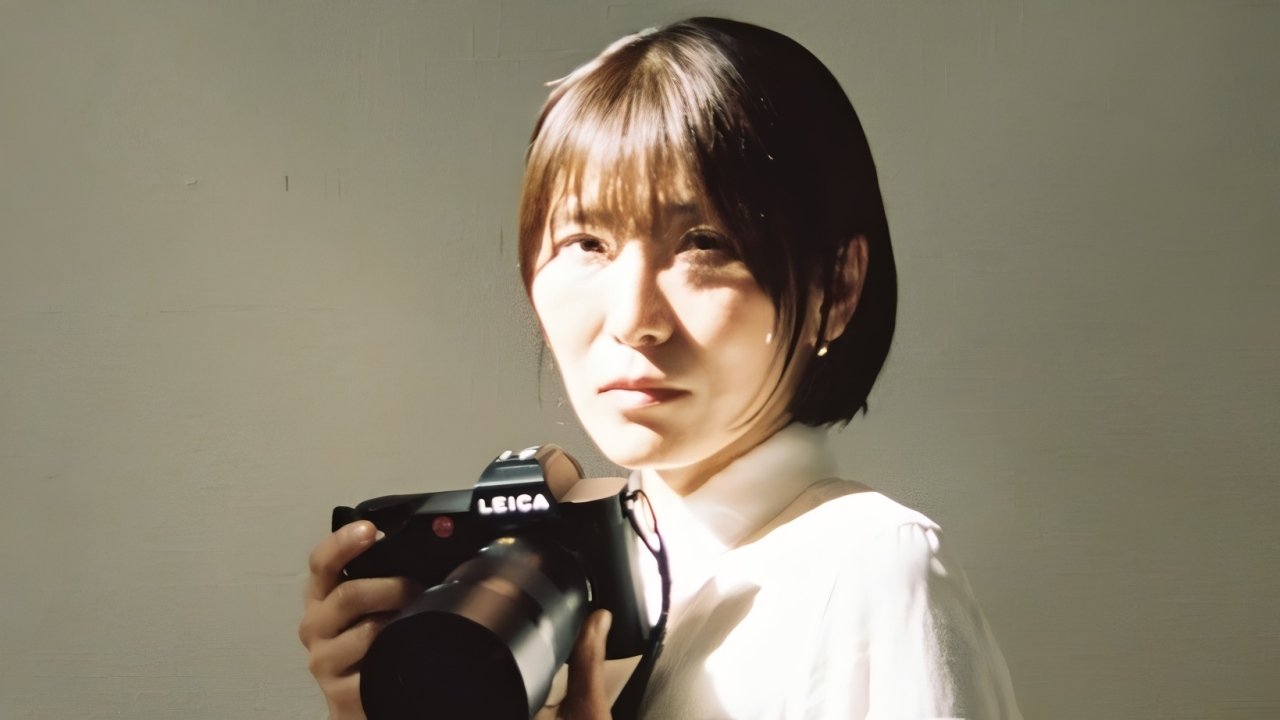
Architecture for Dignity: Xinyu Yu on Creating REMEMORY, a Village Sanatorium
September 9, 2025
Vriddhi Toolsidass Brings Stories to Life Through The Slow Thread Installation
September 11, 2025Yuanhua Zou
Yuanhua Zou is the Chairman of Shenzhen Wonder Chang Innovative Intelligence Co., Ltd. He began his career not with design but with a vision to make intelligent technology better serve everyday life. Leading the team behind the Bear Big Meal Delivery Robot, he discovered that great design must seamlessly unite appearance, function, and real-world use.
Hello, I'm Yuanhua Zou, Chairman of Shenzhen WanDechang innovation intelligence Co., Ltd. I didn’t begin my career with “design” at the core. Instead, I focused on enabling intelligent technology to better serve life through founding a company. However, when leading the team to create the Bear Big Meal Delivery Robot, we realized that a product’s appearance design must be closely integrated with its functions and application scenarios.
This pursuit of “making technological products both efficient and warm” motivated our entire team to devote significant effort to the product’s appearance, and together we successfully completed this design-focused work.
For me and the entire team of Shenzhen Wonder Chang Innovative Intelligence Co., Ltd., the recognition from the MUSE Design Awards is of great significance. It is not only an affirmation of the appearance design and innovative value of the Bear Big Meal Delivery Robot, but also recognition from the international market of our company's concept of “integrating technology with design to empower life scenarios.”
This makes us firmly believe that the products our company has devoted great efforts to can be professionally recognized on the global stage. It also injects strong motivation into the team’s continuous innovation in the field of intelligent robots, inspiring us to develop products with greater warmth and higher technical content.
For Shenzhen Wonder Chang Innovative Intelligence Co., Ltd. and our team, this achievement has a far-reaching impact. At the team level, everyone’s enthusiasm and sense of pride have been fully stimulated. Partners who originally focused on intelligent product research and development are now more eager to explore the integration of technology and design.
For the company, it has strengthened our determination to follow the development path of “empowering life with technology + innovative design expression,” making us more confident in advancing within the intelligent robot field.
In terms of opportunities, after winning the award, customers in industries such as catering and healthcare have significantly increased their consultation and cooperation intentions for the Bear Big Robot. At the same time, it has also attracted attention from the international market.
Overseas enterprises have proactively contacted us to discuss the possibility of technical exchanges and commercial cooperation, creating opportunities for the company to expand globally and enhance the brand’s international influence.
Experimentation is a core driving force in our team’s product development process (creative work focused on the Bear Big Robot), helping us balance “technology implementation” and “user experience.” Take the appearance design of the Bear Big Meal Delivery Robot as an example: our team conducted many experiments.
For instance, regarding the angle of the robot’s “facial” interactive screen, we adjusted it more than ten times — from being initially perpendicular to the body to later tilting it at a specific angle. After each adjustment, we carried out scene simulations (such as testing viewing angles when waiters, customers, and robots interact in a restaurant) and ultimately determined the angle that was both convenient for users and made the robot’s overall form more approachable.
These experiments transformed the product from a “drawing concept” into a “practical design that can truly serve real scenarios.”
For the Bear Big Meal Delivery Robot project, the most unusual source of inspiration came from animal images in children’s picture books. At that time, the team hoped the robot could not only reflect a sense of technology but also convey a warm and friendly temperament in service scenarios such as restaurants and healthcare institutions.
One day, a team member shared their child’s picture book, and the round, childlike animal images in it caught our eyes. We drew inspiration from these illustrations, softening the robot’s lines and referencing the friendly expressions of the animals for the design of the “facial” interactive screen. As a result, Bear Big presents an intelligent yet kind appearance, breaking the stereotypical impression of delivery robots as “cold and mechanical.”
I hope more people understand that the design process is not simply “coming up with an idea on a whim and finishing it with a drawing.” Instead, it requires in-depth collaboration among multiple teams and stages, as well as repeated refinement. Take the Bear Big Meal Delivery Robot as an example.
From the initial demand research to the appearance concept design, structural feasibility verification, and coordinating with the technical team to ensure the design adapts to functions — every step requires cross-departmental communication, testing, and adjustment. It is the result of constant negotiation and balance among multiple factors such as creativity, technology, and market needs, with considerable effort and detail supporting it behind the scenes.
When Shenzhen Wonder Chang Innovative Intelligence Co., Ltd. advances projects, we begin by deeply understanding customer needs, since customers have the most direct perception of scenarios and functions. At the same time, we also communicate our ideas openly with customers based on our own judgment of technology and design trends.
For example, in the Bear Big Meal Delivery Robot project, customers initially focused more on functional aspects related to delivery efficiency and placed less emphasis on appearance affinity. However, our team believed that in service scenarios such as catering and healthcare, a robot’s “affinity” could greatly enhance user experience.
So we shared our thoughts on appearance design along with market case analyses, and eventually reached a consensus with our customers. The final product not only met the core functional requirements but also offered distinctive design highlights. In fact, this was a process of “two-way communication and jointly exploring the optimal solution.”
When creating the Bear Big Meal Delivery Robot, the core challenge we faced was designing an appearance that not only reflected a sense of technology but also conveyed warmth and friendliness in service scenarios, while still accommodating the complex internal functional structure. At first, the designs either leaned too heavily toward a mechanical look, making users feel distant, or, in striving for affinity, left insufficient space for the core components.
To solve this problem, the team at Shenzhen Wonder Chang Innovative Intelligence Co., Ltd. adopted a cross-departmental collaboration model. The design and technical teams communicated and iterated repeatedly: the design team proposed multiple appearance schemes integrating technological and friendly elements, the technical team evaluated structural feasibility, and both sides continuously refined the details.
For example, the curve of the robot’s “body” needed not only to appear soft but also to ensure that the internal space could house the necessary delivery components. After many rounds of coordination and optimization, we finally achieved a successful balance between appearance design and functional structure.
When facing a creative block at work, my team at Shenzhen Wonder Chang Innovative Intelligence Co., Ltd. and I choose to temporarily step away from the work environment. For example, we may organize visits to various exhibitions—such as technology or art shows—to explore creative expressions in different fields, or arrange short outdoor team-building activities to relax in nature.
In addition, we encourage team members to share interesting discoveries from their daily lives. The exchange of different ideas often sparks new inspiration and helps creativity flow again.
When leading the team at Shenzhen Wonder Chang Innovative Intelligence Co., Ltd. in design, I integrate the concept that “technology should serve people and convey warmth.” I firmly believe that products like the Bear Big Meal Delivery Robot are not just cold carriers of technology, but should act as “partners” that interact with people in a friendly way across different scenarios.
In daily life, I sense people’s need for convenient and warm services, so in design I focus on making the robot’s appearance more approachable and its interaction simpler and easier to understand. Through design, I hope technological products can truly bring both convenience and kindness to people’s lives.
I would like to say to aspiring designers: always maintain a spirit of observation and a love for life, while also embracing cross-domain learning and communication. Design is not isolated. It originates from life and must integrate knowledge from multiple areas such as technology and the market.
For example, when developing the Bear Big Meal Delivery Robot, we needed to understand users’ real needs in specific scenarios while also recognizing the possibilities and limitations of technology. Exploring innovations in different industries and engaging with people from diverse fields can make design more vibrant and better aligned with the expectations of both the market and users.
If given the opportunity, I would choose to collaborate with Dieter Rams. His design concepts, such as “less is more,” have had a far-reaching influence, and he consistently pursued a balance of simplicity, practicality, and aesthetic value in product design. When our company developed the Bear Big Meal Delivery Robot, we also adhered to the idea that design should serve function while maintaining visual comfort, which aligns closely with his philosophy.
I believe that collaborating with him could spark new insights on how to make technological products both efficient and timeless in design, bringing valuable inspiration to our future product development.
Yuanhua Zou
Yuanhua Zou is the Chairman of Shenzhen Wonder Chang Innovative Intelligence Co., Ltd. He began his career not with design but with a vision to make intelligent technology better serve everyday life. Leading the team behind the Bear Big Meal Delivery Robot, he discovered that great design must seamlessly unite appearance, function, and real-world use.
Explore another journey of Xinyu Yu, the Silver Winner of the 2025 MUSE Design Awards. She transforms her passion for art into architecture that blends creativity, sustainability, and human experience, crafting spaces that are both functional and poetic.







